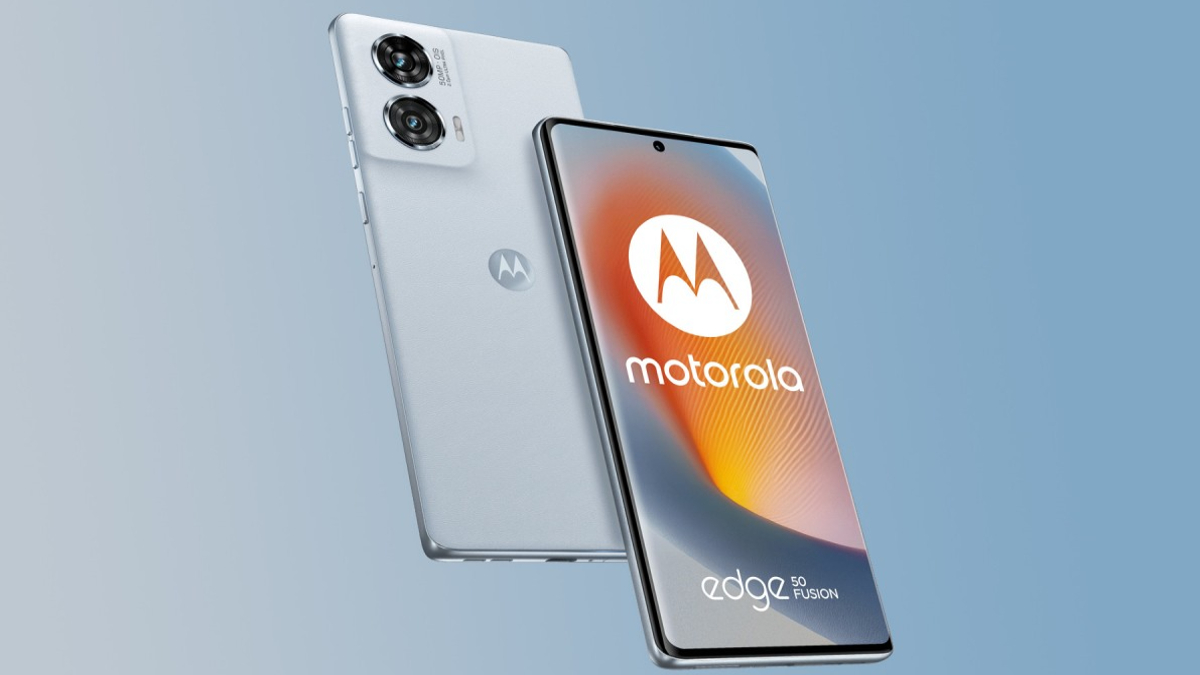Just In
- 15 min ago

- 14 hrs ago

- 14 hrs ago

- 15 hrs ago

Don't Miss
- News
 Lok Sabha Election 2024: Polling Underway For 2 LS Seats In Meghalaya
Lok Sabha Election 2024: Polling Underway For 2 LS Seats In Meghalaya - Movies
 Maidaan Box Office Day 9 Prediction: Ajay Devgn’s Football Saga Inch Towards 30Cr Ahead Of 2nd Weekend
Maidaan Box Office Day 9 Prediction: Ajay Devgn’s Football Saga Inch Towards 30Cr Ahead Of 2nd Weekend - Finance
 Trade Setup: Nifty Slides Below 22,000 Mark; Global Markets Plunge On Reports Of Explosions In Iran
Trade Setup: Nifty Slides Below 22,000 Mark; Global Markets Plunge On Reports Of Explosions In Iran - Sports
 LSG vs CSK IPL 2024: Ekana Stadium Pitch Report, Lucknow Weather Forecast & Live Streaming Info
LSG vs CSK IPL 2024: Ekana Stadium Pitch Report, Lucknow Weather Forecast & Live Streaming Info - Lifestyle
 Kamada Ekadashi 2024 Wishes: Greetings, Messages, Texts, Images, Twitter Status And Instagram Captions
Kamada Ekadashi 2024 Wishes: Greetings, Messages, Texts, Images, Twitter Status And Instagram Captions - Automobiles
 Aprilia RS 457 Accessories: A Detailed Look At The Prices
Aprilia RS 457 Accessories: A Detailed Look At The Prices - Education
 Karnataka SSLC Result 2024 Soon, Know How to Check Through Website, SMS and Digilocker
Karnataka SSLC Result 2024 Soon, Know How to Check Through Website, SMS and Digilocker - Travel
Telangana's Waterfall: A Serene Escape Into Nature's Marvels
Asus Zenfone Max Pro M1 6GB RAM review: A worthy upgrade within budget
Here’s what we think about the Asus Zenfone Max Pro M1 6GB RAM variant.
While the mid-range market segment is dominated by brands such as Xiaomi, Oppo and others, Asus has made an entry in the same segment with the Zenfone Max Pro M1 featuring a 5000mAh battery. It is basically meant for the affordable smartphone buyers who want a long lasting battery backup. Starting at Rs. 10,999, this smartphone from Asus is exclusive to the online retailer Flipkart.


- Sturdy and elegant design
- Crisp and vibrant display
- Long lasting battery life
- Dedicated microSD card slot
- Stock Android

- Slight overheating issues
- Camera’s depth effect could have been better
Asus Zenfone Max Pro M1 comes in three different storage configurations with the top-end variant having 6GB RAM. Today, we have got our hands on this smartphone and have come up with a review of the device.

Design: Looks premium and sleek
Asus Zenfone Max Pro M1 comes with a metal unibody build. The smartphone feels elegant and sturdy when it is held. While many similarly priced smartphones have a prominent camera bulge, this one from Asus is free from it. The metal chassis looks premium and appealing. The rear panel appears to be simple with a vertical dual-camera arrangement at its top left corner and a fingerprint sensor at an easy-to-access position.
The front of the device is dominated by the 2.5D curved glass layered on top of the FHD+ FullVuew display. There is a selfie camera, earpiece and flash above the display. The volume rockers and power button sit on the right edge of the smartphone, while the triple card slot is positioned at the left edge. The speaker unit, USB 2.0 port and a microphone sit at the bottom while the top is barren.
To summarize on the design aspect, the Asus Zenfone Max Pro M1 feels and looks premium despite its mid-range price tag. It appears to be solid and appealing than its rivals in the market.

Display: Responsive and crisp FullView panel
The smartphone features a 5.99-inch FullView display with a FHD+ resolution of 2160 x 1080 pixels and an aspect ratio of 18:9. The contrast ratio of this screen stands at 1500:1, which lets it display deeper color tones. It is bright enough and is visible even in direct sunlight. There is no trouble in displaying vibrant and crisp content. Also, the screen is pretty responsive to the touches.

Performance: 6GB RAM performs well
Asus Zenfone Max Pro M1 with 6GB RAM has the same hardware specifications as the 4GB RAM variant. The only difference is the RAM capacity. The device gets the power from an octa-core Snapdragon 636 SoC built on the 14nm process. This processor comprises of two quad-core Kryo 260 clusters clocked at 1.8GHz and 1.6GHz clock speed respectively.
The Zenfone Max Pro M1 also employs a 6GB RAM and 64GB of default storage space. This hardware combination renders the best-in-class performance in everyday use. The device handles the daily tasks such as browsing, video playback, gaming, and multitasking with ease. I played PUBG and Shadow Fight 3 and found the device to give a decent performance without too much loading time and any noticeable lag. The downside is that I experienced heating issues on playing games for more 10 minutes straight.
I had carried out benchmark tests on the Asus Zenfone Max Pro M1. In the AnTuTu benchmark, the smartphone scores 115,124 points. On Geekbench, it scored 1334 points and 4871 points on the single-core and multi-core tests respectively. If we compare these scores with the rest in the mid-range market segment, we can accept that the smartphone does an acceptable job.
In the AnTuTu Battery test, the Zenfone Max Pro M1 6GB RAM variant topped its rivals as seen in the screenshot here with a score of 23430 points.

Battery: The icing on the cake
Asus Zenfone Max Pro M1 takes over its competitors in the battery department. The smartphone employs a juicy 5000mAh battery making it unique in its price point. Interestingly, the capacious battery doesn't add to the weight or thickness of the smartphone. During my usage, the battery lasted over a day without any issues even after handling intense tasks such as gaming and audio /video playback.

Software and Connectivity: Packs necessary features
Zenfone Max Pro M1 brings a transformation running on stock Android. The company has ditched the much-criticized Zen UI in favor of stock Android 8.1 Oreo. Eventually, the device will get faster updates - Android P and Android Q both. The interface is simple and free from unnecessary tweaks. It will definitely please all the stock Android fans.
The interface is clean and works without any glitches. The apps open instantly without crashes or lags. There are some non-stock apps in addition to the whole lot of Google apps. The device also supports Face Unlock and I found the feature to be swift enough in registering and unlocking the smartphone.

Camera: A good upgrade
While the 3GB and 4GB RAM variants of the smartphone have a 13MP+5MP rear camera and an 8MP selfie camera, the 6GB RAM variant I reviewed has a 16MP+5MP rear camera combination and a 16MP front camera. The device comes with hardware-level bokeh effect. The sensor works on 1.12 micron pixels that enable 25% more light for brighter images. This in turn improves the autofocus speed and prevents blurry shots.
It also has Face Unlock integrated into the selfie camera. During our usage, we found the facial recognition technology to work swiftly without any issues.
The Zenfone Max Pro M1's dual-camera setup comes equipped with several modes such as HDR mode for low-light photography and camera modes, filters and other features. During my usage, I found that the bokeh effect that is rendered smoothly without any delay. But the output as seen in the camera sample above is unrealistic. It gives an edited feel to the picture without blurring the background naturally. This is a challenge faced by many smartphones.
Otherwise, the macro shots and low-light shots are of acceptable quality. Even the colors are captured and reproduced with a good level of accuracy. There are many modes in the camera interface such as flowers, sunset, snow, etc. and below is a sample of the flower mode I clicked using the Asus Zenfone Max Pro M1.

Verdict
Asus Zenfone Max Pro M1 is a good mid-range product from the company at an affordable price point. The smartphone offers a great value for money and an impressive spec sheet too. It comes with all the necessary goodies such as a vibrant display, a capable camera, a capacious battery and uncompromising connectivity all without a steep increase in the price. With all these aspects, this smartphone will definitely stiffen the competition against Xiaomi Redmi Note 5.
-
99,999
-
1,29,999
-
69,999
-
41,999
-
64,999
-
99,999
-
29,999
-
63,999
-
39,999
-
1,56,900
-
79,900
-
1,39,900
-
1,29,900
-
65,900
-
1,56,900
-
1,30,990
-
76,990
-
16,499
-
30,700
-
12,999
-
62,425
-
1,15,909
-
93,635
-
75,804
-
9,999
-
11,999
-
3,999
-
2,500
-
3,599
-
8,893












































